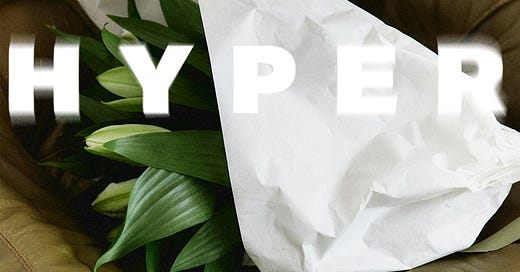PR is dead
+ the best marketing campaigns of the week, and our creative interview series returns
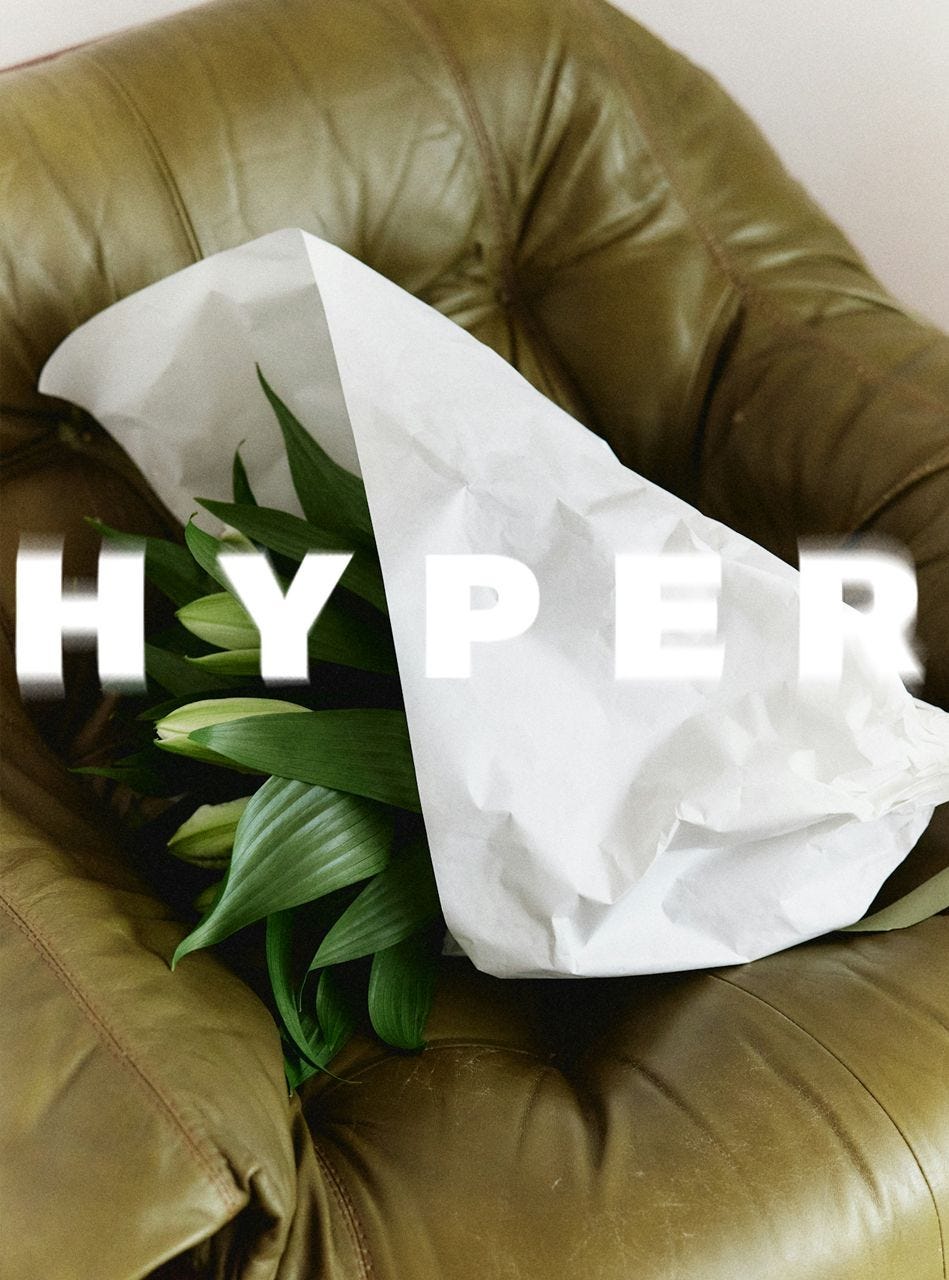
Housekeeping 🧹
The team is off the road and back in action! Clayton is discussing personal style while Oren is exposing the dark underbelly of wellness marketing.
This week, we continue our conversations on the future of comms and media and bring back our creative interview series.
Reminder: our latest (free) report with Vaan is live! This one covers the home goods & design landscape, what brands to know about, key trends in the home goods and interior space, interviews with experts in the home space, some of our own analysis, and much more.
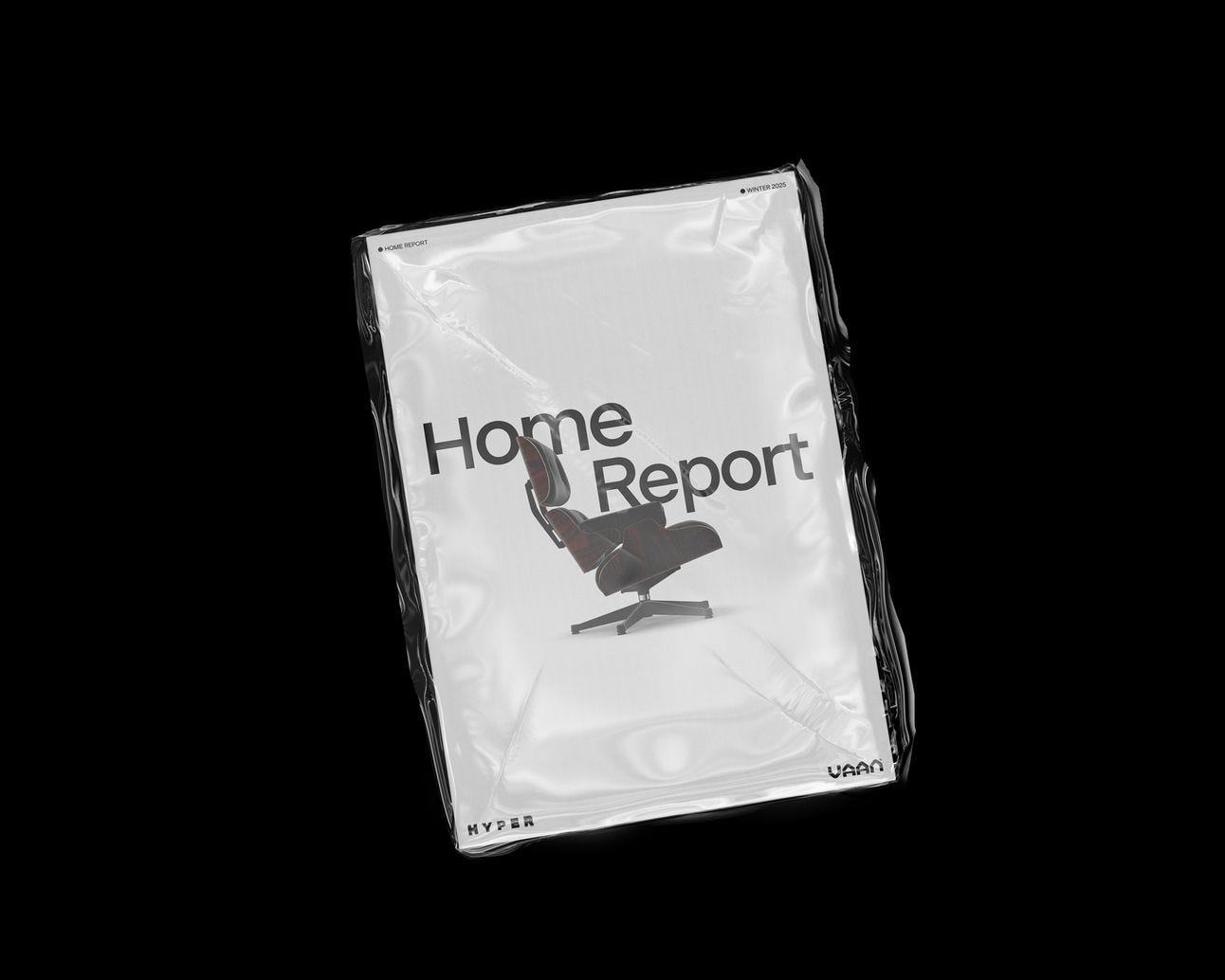
Grab the report here.
Quick note: If you are looking for our deep dive into the state of media from last week, you can find it here.
If you’re waiting for the links from Premiere Vision in Paris, that will be live here next week.
Let’s begin.
Stop stressin’ over sales tax!
If you’re a brand, sales tax is one of those things we all hate but can’t avoid.
The paperwork, the deadlines, the constant risk of missing something—it’s a nightmare.
Until Zamp enters the chat.
They’re a fully managed sales tax solution built for eComm brands like Cult Gaia, Glamnetic, and Everyday Dose, handling everything from registrations to filings so you don’t have to.
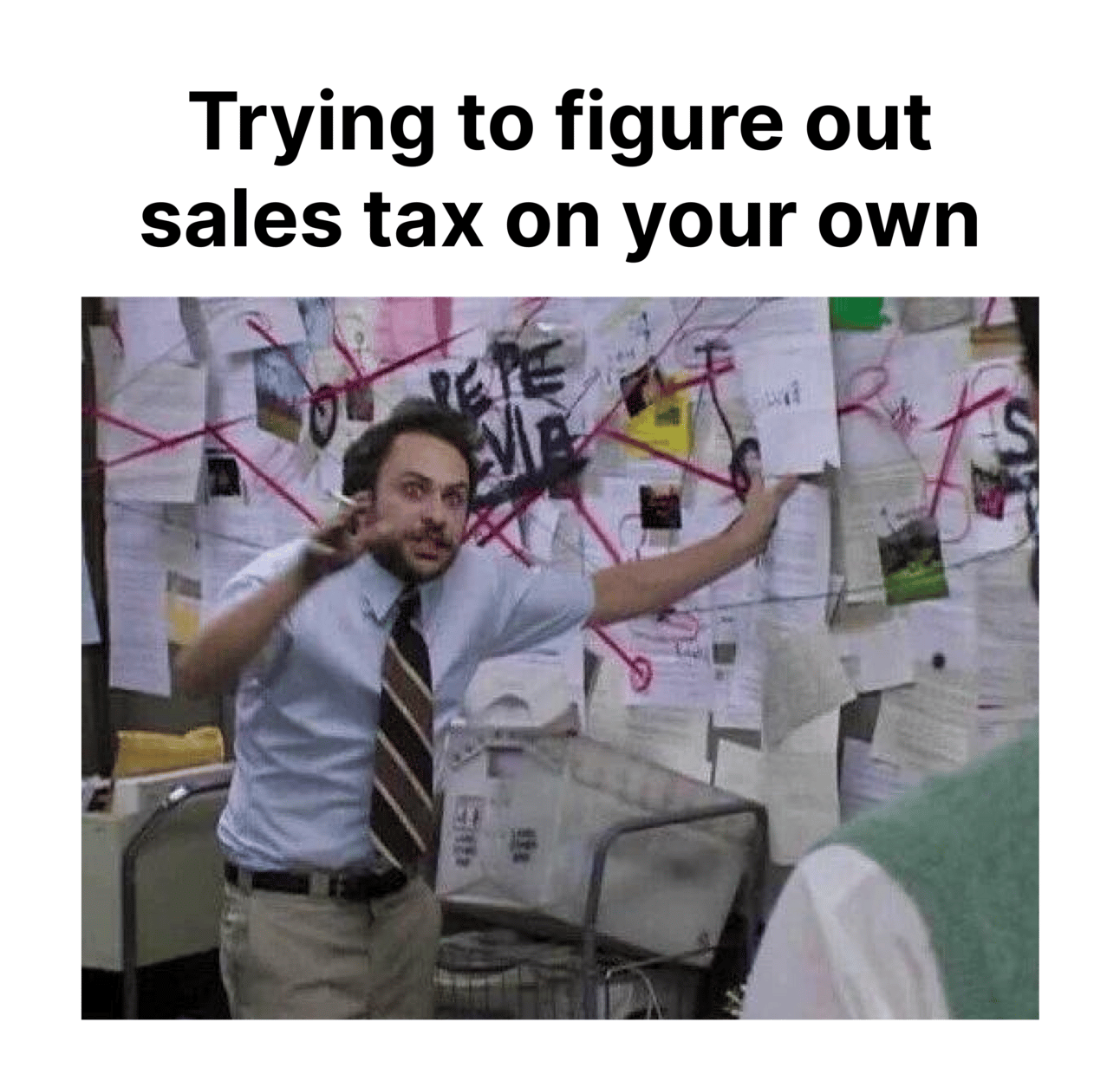
Zamp integrates with all your favorite platforms, whether you’re on Shopify, Amazon, BigCommerce, QuickBooks, and more—all so you can leave sales tax headaches in the dust.
400+ brands trust Zamp to stay compliant while focusing on growing their businesses, and you’re next!
HYPER readers get 3 months of free sales tax service
What happened to PR?
I (Oren) came up in the PR industry; my first real job was a graphic designer at a PR firm. They worked super hard for their clients, a relentless stream of pitches and angles, finding journalist relationships, getting a story that stuck, and pushing it as far as it could go.
Amongst my work were decks of press clippings to recap the reach and resonance of a campaign. It's a thankless job, complete with clients who don't understand why no one cared about their story and if it did catch trying to modify little details beyond a publicist’s control.
But, importantly, it worked. I could watch a new nightclub become buzzy, a new vodka increase in popularity, or a product become a "must-have" holiday gift because of its recommendations.
News media does not work like that anymore.
It has no value for your brand.
Go to a news website, any news website. Your pages are rife with annoying, odd banner ads and parallax takeovers that no one in their right mind would engage with and relentless popups for far overpriced subscriptions. It is the worst mobile UX of any web experience we, as consumers, navigate today.
Then, look at the commentary. Have we ever been in an era when journalists were less connected to the scenario unfolding in front of them? When the quality of the writing and interest in the ideas was worse?
A friend mentioned a publication that will publish an article on the rise of green screen creators in the next week or so. Is it 2022?
The painful answer is that no one is reading anymore. The media publications are pivoting to email publications, which have no real resonance.
And they finally do short-form video, which ends up being the video type I described above, recapping something that already happened and not building resonance.
All this to say, if you want a Wired feature to build credibility for your followers or a Techcrunch article about your fundraise as part of your strategy, you've already lost. You're asking your marketing team to chase things that don't matter.
Stop it, and never look back.
What is the role of PR today?
So what is the role of the PR firm? In the influence economy, pitching influencers news stories isn't get you earned media. Maybe you'll scrape a few posts from someone that really cares, but creators know their views are worth money.
If you're asking a firm to do those relationships, it is paid media or nothing, even if that paid media comes in the form of experiences like press dinners, office invites etc.
But on the other foot... savvy crisis PR, reputation management, and personality-based PR are more important than ever. Crisis moves as fast as culture, and someone to tell you to shut up, say nothing, and watch it pass -- or mount a counteroffensive that actually gets listened to... is worth it.
I was talking to my friend Ashwinn while I was in Paris and was painfully reminded of our place on the bell curve. I live in a universe where the new media to Substack readership is already complete. There is no category that I actively consume from marketing, to culture, to business to sports that I do not intake from :
a. writers who are completed obsessed with their chosen niche and pursuing it on their own terms with a newsletter
b. creators who make 1-7x weekly videos purely on that topic
This is already the case for anyone on the front end of the bell curve, and will soon be across the middle. A mainstream magazine gift guide matters less than an often listened-to Substack dropping an affiliate link.
Creators who share ideas and writers participating in an economy read by trendsetters have the second-order organic effects those cultural moments like the Super Bowl used to have.
A final thought
When trust erodes, attention follows. And when attention shifts, so does influence.
The shift happened fast—away from institutions and toward individuals.
That’s why today’s most effective PR doesn’t look like traditional PR. The smartest firms don’t just pitch stories; they operate like creative studios.
They see media, content, and distribution as a flywheel, not a train running on a one-way track. They build narratives that live across platforms, shaping perception in ways that feel organic, not transactional.
Because at the end of the day, credibility doesn’t come from a nameplate anymore—it comes from someone you trust telling you what they believe.
People don’t trust brands. They trust people.
Last week in Marketing
Oren, Ashwinn & Jordan are back breaking down the best campaigns of the week, from Converse’s play in basketball shoes to the death of the Duolingo owl. Watch below or listen on Spotify!
Creative Interviews - Lainy Hedaya Hoffstein
Our creative interview series returns with a series of spotlights on those working and creating inside the interiors and home goods space. The below is an excerpt from the HYPER and Vaan Group Home Report you can get for free here.
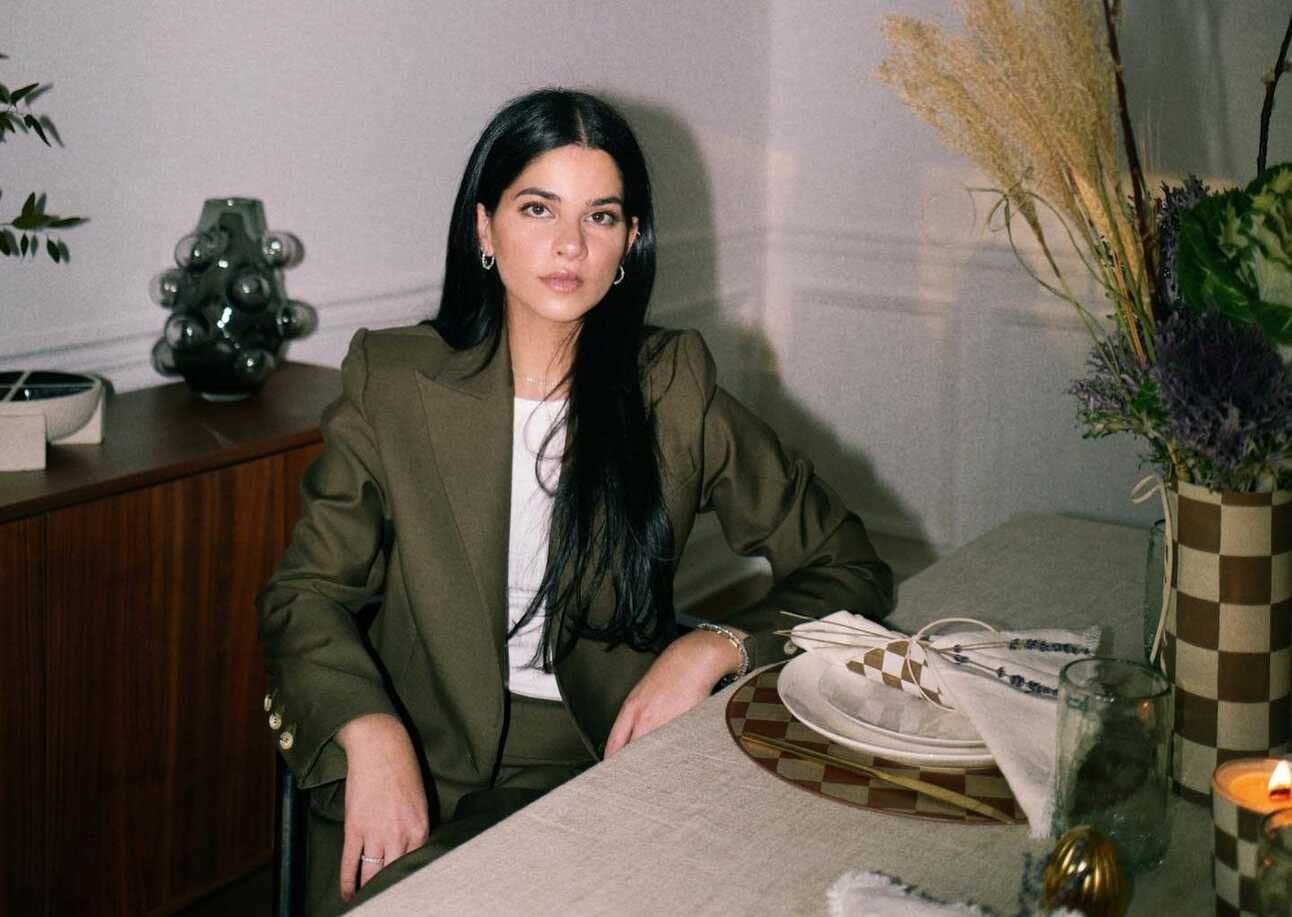
Introduce yourself and give everyone a bit of your background!
My name is Lainy Hedaya Hoffstein. I hold a BBA in Visual Merchandising from LIM College, where I studied marketing, interior design, and finance. Visual Merchandising focuses on designing retail spaces, advertisements, and window displays, blending creative and business skills.
Before starting my own ventures, I gained experience across industries, working in product development, styling, retail buying, showroom management, and visual merchandising. In 2011, I launched a blog, Haute Inhabit, covering luxury fashion and interiors. As social media evolved, my audience shifted to Instagram, where I partnered with brands in categories like home, beauty, food, auto, and tech.
By 2020, I began consulting for brands while maintaining my social presence. The demand for my design and branding expertise led me to launch Haute Inhabit Studio in fall 2024. The studio bridges branding and interior design, ensuring cohesive experiences across all touchpoints. My diverse background in design and marketing uniquely positions me to create lasting brand impressions.
What changes in consumer behavior have you noticed in interiors and home goods recently?
Consumers today are more design-savvy, largely due to social media and easy access to inspiration. Even on a budget, people can create beautiful spaces with resources like IKEA, Amazon, vintage sites like Chairish, or Facebook Marketplace.
However, the rise of trends could make interiors as fleeting as fashion. Unlike changing an outfit, swapping out a trendy fluted sink isn’t so simple. This is why I advocate for timeless design—it has longevity and avoids regret when trends fade.
How has social media changed education in the industry?
Social media has made interior design more accessible. Designers now showcase their work, offer consultations, collaborate with brands, and create curated shops. This exposure fosters inspiration and opportunities for growth, both for designers and their audiences.
What brands or objects have stood out to you recently?
The CAB 413 chair by Mario Bellini is a favorite—it’s modern yet nostalgic. The Leon dining armchair from Maiden Home is another stunning piece.
I also admire Bemz Design, which creates slipcovers for IKEA furniture. It’s practical for commercial spaces or families, offering washable covers with a modern aesthetic. While I don’t have specific brand loyalties, I love curated shops like Forom Shop, LES Collection, Lulu and Georgia, and Horchow for classic items.
What products or experiences do you wish existed in the space?
I’d love to see more beautifully designed boutique hotels in the U.S. Hospitality here often feels uninspired. Boutique hotels like The James Bradley on the Jersey Shore and Esme Hotel in Miami offer thoughtful, curated experiences that inspire design. Investing in hospitality could enrich domestic travel and spark creativity in interiors.
What’s next for the industry?
I see more designers offering consulting services, making expertise more accessible. Many are also launching their own collections, which I believe will continue to grow.
What’s next for you and your business?
Right now, I’m enjoying this early phase of my business. Having just welcomed a baby nine months ago, I’m embracing a slower pace and taking on projects as they come. I was strategic about launching the studio, and I’m excited to see it continue to grow.
Where can people learn more?
Find me on Instagram at @lainyhedaya or visit my Substack at lainyhedaya.substack.com for insights on fashion and interiors.
You can also explore my studio at hauteinhabit.com or follow us on Instagram at @hauteinhabit.studio.
Hyper Reports
Check out our market reports. We spend many hours researching markets, categories, and brands & products within the consumer space so you don’t have to.
The guide to making great Merchandise — HERE — a guide to finding and producing your own merch
Reports on Running, Golf, and Tennis — HERE — a guide to each sport, the market opportunities, and how to launch your own brand
Inquiries? Shoot us a note here: [email protected]
We’d love to chat!
Oren & Clayton ❤️ you


